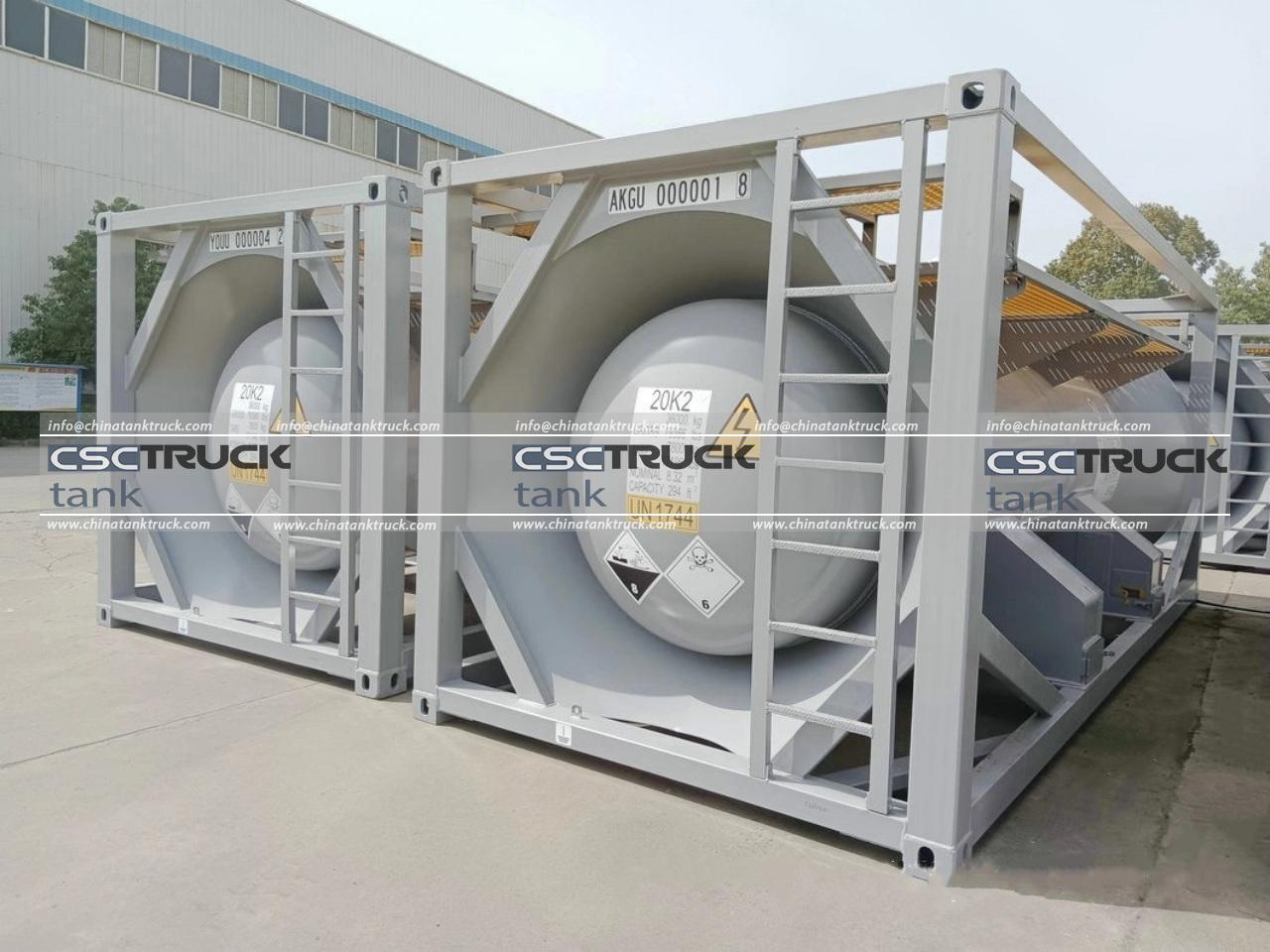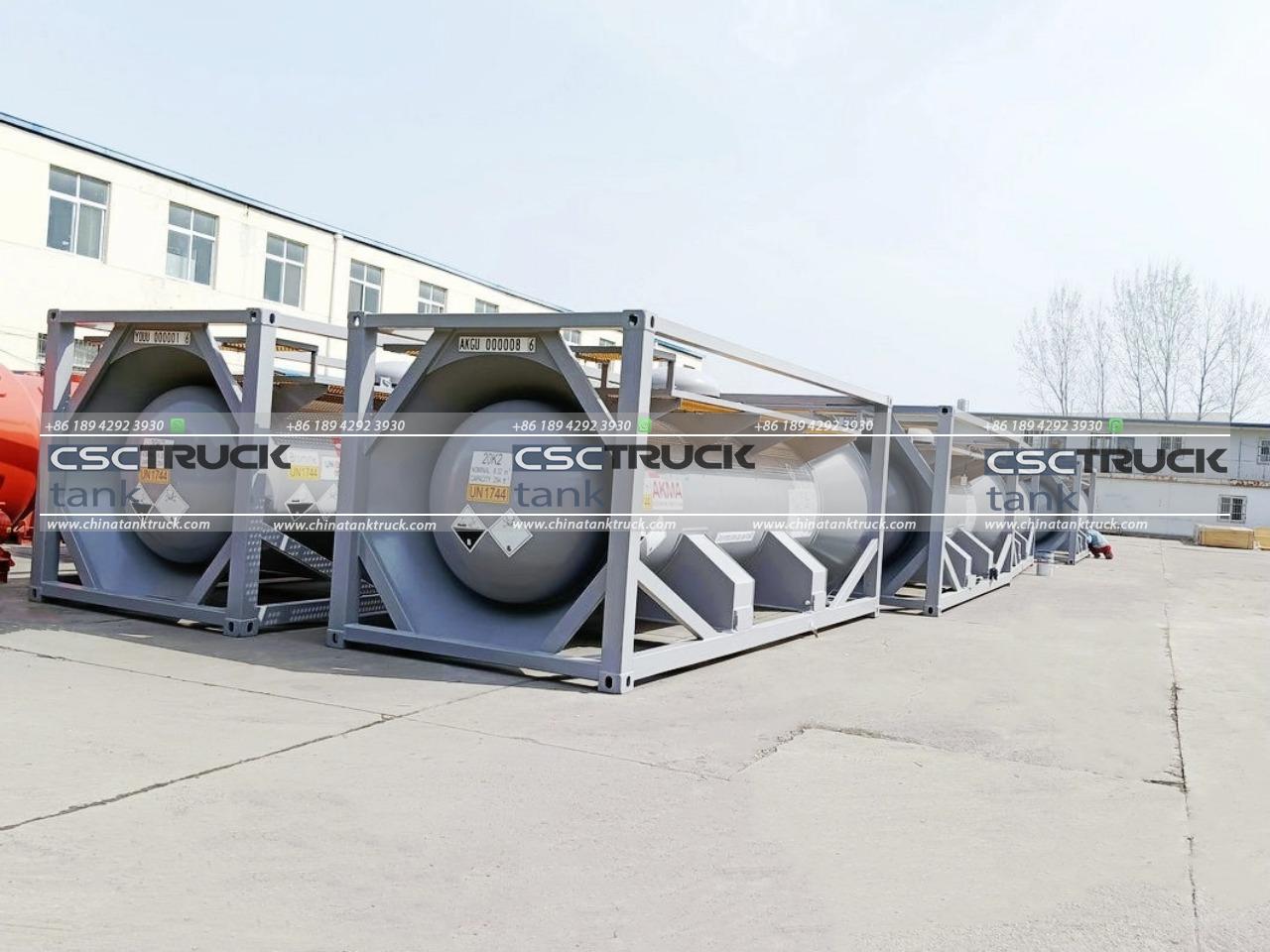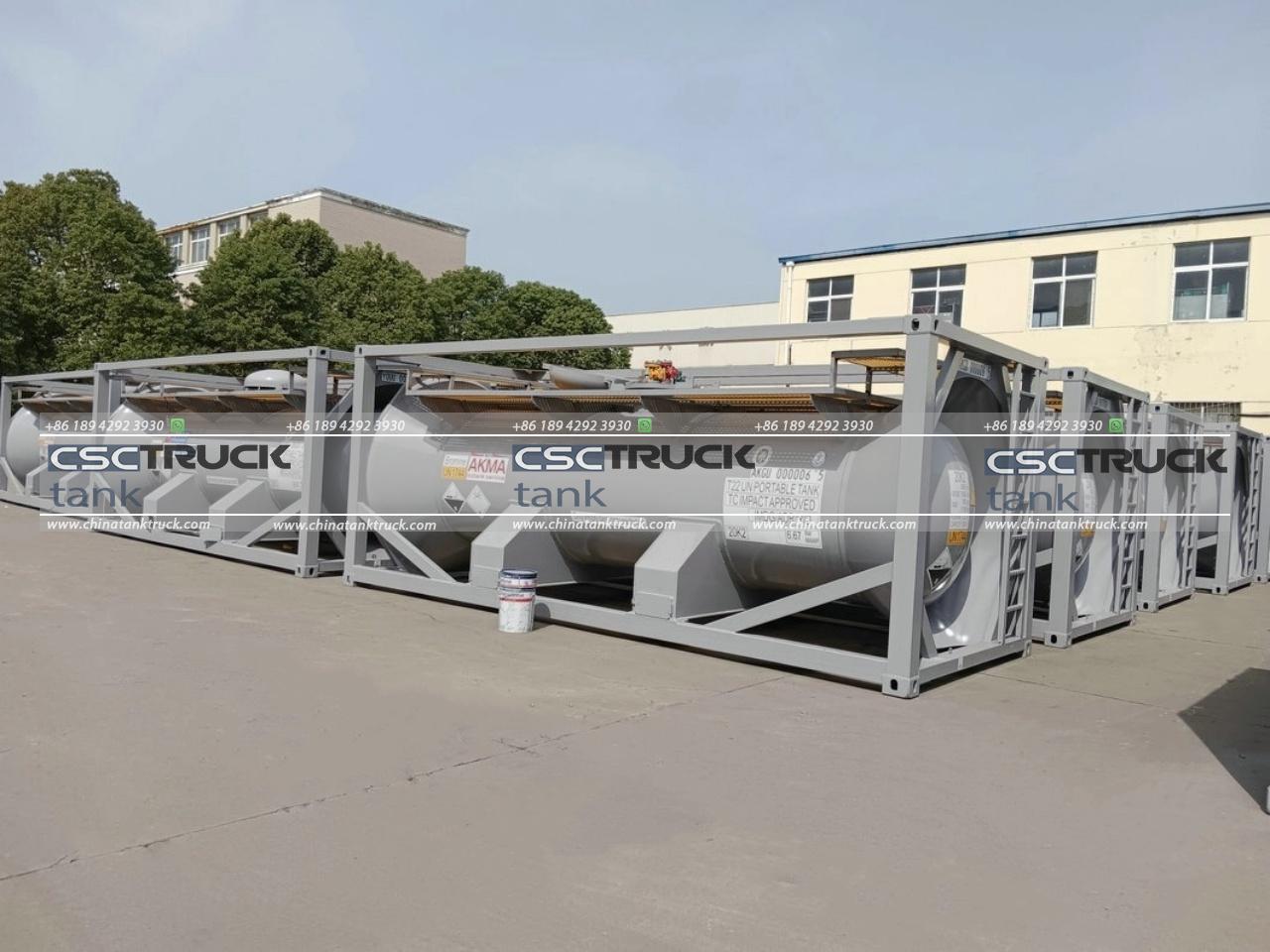Are There 40 ISO Tanks? Exploring the Types, Uses, and Variations of ISO Tanks
In the world of logistics and transportation, ISO tanks play a crucial role in safely and efficiently transporting liquids, gases, and powders. They are widely used in industries such as chemicals, petroleum, food and beverage, pharmaceuticals, and more. ISO tanks are standardized containers, that adhere to the International Organization for Standardization (ISO) standards, which makes them globally recognized for intermodal transport. However, a common question that arises, particularly in the context of shipping and storage, is whether there are 40-foot ISO tanks. The answer to this question is not as straightforward as it may seem. In this article, we will explore the various types of ISO tanks, their dimensions, and whether 40-foot ISO tanks exist.
What is an ISO Tank?
An ISO tank, also known as an ISO tank container, is a cylindrical vessel used to transport bulk liquids, gases, and powders. ISO tanks are built according to the ISO standards, ensuring they can be transported via different modes of transportation—such as ships, trucks, and trains—without the need to unload the contents. This interoperability is crucial for international trade and logistics.
ISO tanks are made from high-quality stainless steel, and the exterior frame is designed to fit into standard container handling systems. The tanks typically have capacities ranging from 14,000 liters to 26,000 liters and are designed to handle both hazardous and non-hazardous materials.

Standard Sizes of ISO Tanks
When discussing ISO tanks, it’s essential to understand their standard sizes. The most common sizes for ISO tanks are:
1. 20-Foot ISO Tank: This is the most commonly used size. It measures 20 feet in length, 8 feet in width, and 8.6 feet in height. The 20-foot ISO tank has a capacity ranging from 14,000 to 26,000 liters, depending on the tank’s design and purpose.
2. 10-Foot ISO Tank: Less common than the 20-foot tank, this size is used for smaller volumes of cargo. It measures 10 feet in length and has a capacity of around 10,000 to 12,000 liters.
3. 40-foot ISO Tank: While 40-foot containers are common for dry goods in the shipping industry, 40-foot ISO tanks are rare. This is primarily due to the structural and logistical challenges of transporting large quantities of liquid or gas in a single container. However, some specialized 40-foot ISO tanks do exist, mainly for specific applications or industries. These tanks typically have a larger capacity, but their usage is limited compared to the standard 20-foot ISO tanks.
Why Are 20-Foot ISO Tanks the Standard?
The 20-foot ISO tank has become the industry standard for several reasons:
1. Weight Considerations: A 20-foot tank is designed to maximize the weight of the cargo while still complying with international shipping regulations. When filled, a 20-foot ISO tank typically weighs between 30 and 36 metric tons. If a 40-foot tank were used, the weight could easily exceed allowable limits, especially for road transportation.
2. Handling and Logistics: A 20-foot tank is easier to handle and transport than a 40-foot tank. It can be loaded onto trucks, trains, and ships without requiring specialized equipment or infrastructure. The standardization of 20-foot containers means that they can be seamlessly integrated into global supply chains.
3. Versatility: A 20-foot ISO tank is versatile and can be used to transport a wide range of products, from chemicals and fuels to food-grade liquids like juices and oils. The size and capacity of the tank make it ideal for different industries, ensuring that businesses can optimize their logistics processes.

The Existence of 40-foot ISO Tanks
As mentioned earlier, 40-foot ISO tanks do exist but are not commonly used. The primary reason for their rarity is the logistical challenges they present. When transporting liquids or gases, the weight of the cargo is a significant concern. A 40-foot ISO tank would allow for a larger volume of cargo, but the combined weight of the tank and its contents would often exceed legal weight limits for road and rail transportation. Additionally, the structural integrity of the tank becomes more critical as the length increases, especially when transporting hazardous materials.
Despite these challenges, some industries require the use of 40-foot ISO tanks. These tanks are typically custom-built for specific applications, such as transporting large volumes of food-grade liquids, chemicals, or other non-hazardous materials. The design of these tanks often includes specialized features to ensure safety and compliance with transportation regulations.
Types of ISO Tanks
There are several types of ISO tanks, each designed for specific applications. These include:
1. Standard ISO Tank: Used for transporting non-hazardous liquids, such as food products, water, and certain chemicals. The standard ISO tank is versatile and widely used across different industries.
2. Hazardous ISO Tank: Designed for the transportation of hazardous materials, including flammable, toxic, and corrosive liquids. These tanks are built with additional safety features, such as reinforced walls, pressure relief valves, and specialized linings.
3. Refrigerated ISO Tank (Reefer Tank): These tanks are equipped with refrigeration units to transport temperature-sensitive cargo, such as perishable food items, pharmaceuticals, and certain chemicals that must be kept at a specific temperature.
4. Gas ISO Tank: Used for transporting gases, such as liquefied natural gas (LNG), liquefied petroleum gas (LPG), and compressed air. Gas ISO tanks are designed to withstand high pressure and are equipped with safety valves to prevent leaks or explosions.
5. Bulk Powder ISO Tank: Used for transporting bulk powders, such as cement, flour, and certain chemicals. These tanks are designed to allow for easy loading and unloading of powdered materials.

Conclusion
In conclusion, the question of whether there are 40-foot ISO tanks can be answered with a qualified yes. While 40-foot ISO tanks do exist, they are not commonly used in standard logistics operations due to the weight and handling challenges associated with transporting large quantities of liquids or gases. The 20-foot ISO tank remains the industry standard for most applications, offering a balance between capacity, weight, and ease of transport.
However, for specific industries and applications, 40-foot ISO tanks may be necessary. These tanks are typically custom-built and used for specialized purposes, such as transporting non-hazardous liquids or chemicals. Despite their limited usage, 40-foot ISO tanks are a testament to the flexibility and adaptability of the ISO tank design, which continues to evolve to meet the needs of global trade and logistics.

